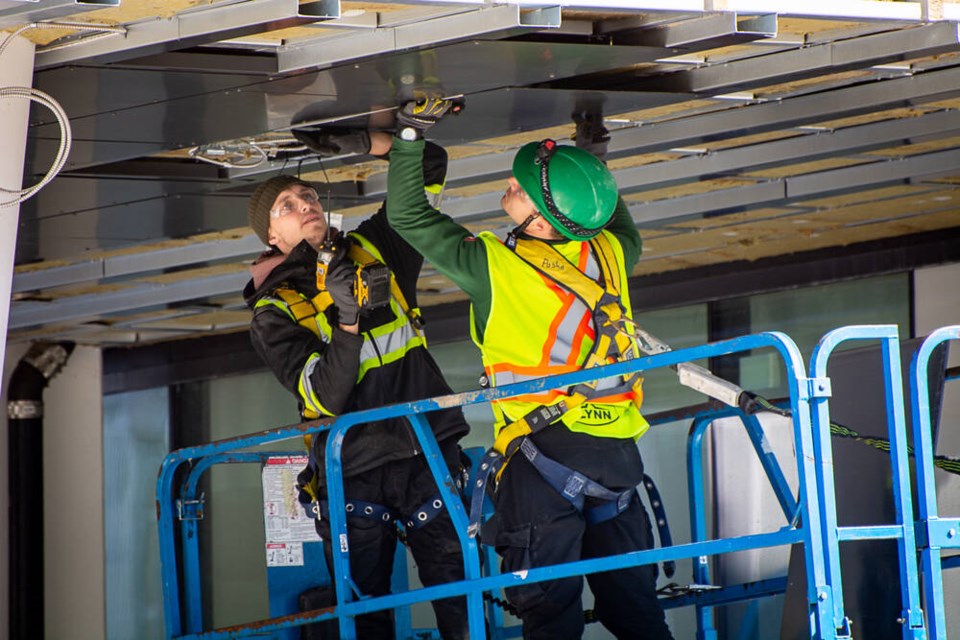The North Shore gained almost 6,000 new residents between 2023 and 2024, according the latest population estimates from Statistics Canada, a growth rate of 2.8 per cent.
As of July 2024, the combined population of the City of North Vancouver, District of North Vancouver and District of West Vancouver reached 215,251, StatCan says.
As always, the City of North Vancouver welcomed new residents at a higher rate than its North Shore neighbours, with a 12.8 per cent growth rate, or 7,690 new residents since 2020.
The District of North Vancouver saw more new residents in that time with 7,997, but at a much slower five-year growth rate of 8.7 per cent.
The District of West Vancouver, meanwhile, has grown by 3,734 residents in the last five years – 8.2 per cent overall, according to StatCan’s estimates.
Still, even our fastest growing municipality slightly lagged the region as a whole, which has gone up by 13 per cent since 2020, crossing the three-million mark in 2024 for a total of 3,108,941. Surrey and Langley were, by far, the fastest growing areas in that time.
Immigration has been the main driver of population increases in Canada’s biggest metropolitan areas, StatCan says, which is expected to slow in the years ahead as the federal government curbs the number of new residents to ease pressure on the housing market. The government estimates that will result in a 0.2 per cent population decline nationally in 2025 and 2026.
StatCan releases updated estimates each year taking into account births, deaths and migration, but Andy Yan, director of the City Program at Simon Fraser University, noted much of the discussion that follows is about development.
“That’s really the big story here, between the City of North Van and the rest of the North Shore,” he said.
By contrast, Housing Minster Ravi Kahlon announced last month that he was appointing a housing advisor to help District of West Vancouver council get more new homes built. In the first year since the province assigned a target of 220 new homes for the municipality, only 58 were built.
That low level of growth results in other less desirable changes, Yan said.
“The chances of these people moving into West Vancouver, being … working-income people, is probably pretty low,” he said. “It is going to be true that, a lot of the service workers are commuting in if they’re not able to find any place that’s close to their workplace. And your traffic shows for that.”
Under the latest rules from the province, the discussion is shifting away from whether individual municipalities ought to accommodate growth to how they should accommodate it, Yan said.
“It’s a movement long in coming, right? That may be a sign of progress – minor progress, slow, cold comfort progress. But still, that’s interesting. Where should that growth occur, and then how are you going to pay for it?”
As communities grow, the demands on infrastructure do as well, Yan said, and so it is incumbent on senior levels of government to show up with funding for the nuts and bolts that make a city work, he said.
“You need to increase that sewage pipe, you need to increase that water pipe, you need to have additional electricity, not to mention transportation and social infrastructure,” he said. “Which is, unfortunately, really expensive.”
The City of North Vancouver can be pointed to as an example for how that’s done well, Yan said.
“If you look at Lonsdale in general, it’s a really vibrant space,” he said. “The fact is, within these populations, you need a certain level of density to make it viable. Density isn’t necessarily a dirty word. It’s how it’s done.”
[email protected]
twitter.com/brentrichter
brentrichter.bsky.social
Want to stay updated on North Vancouver and West Vancouver news? Sign up for our free daily newsletter.



